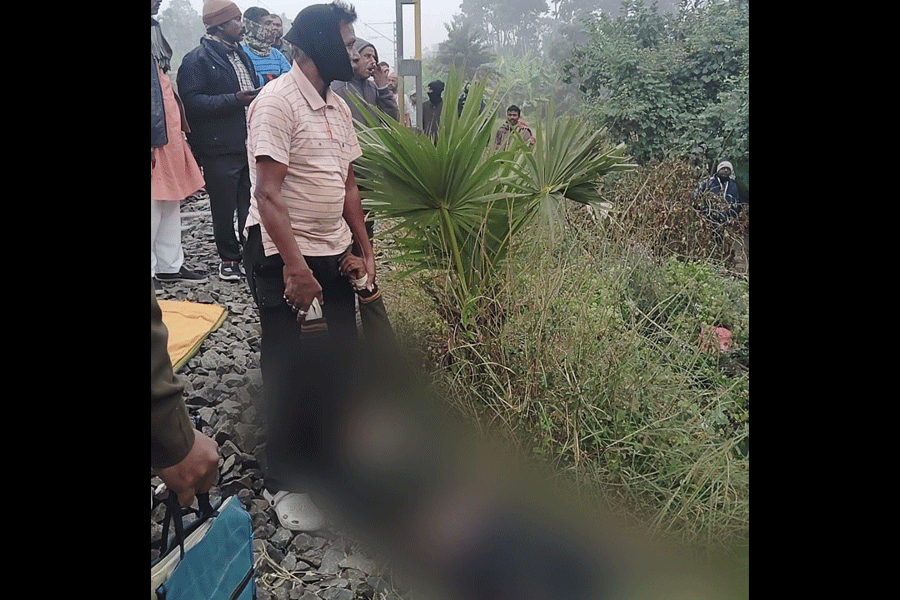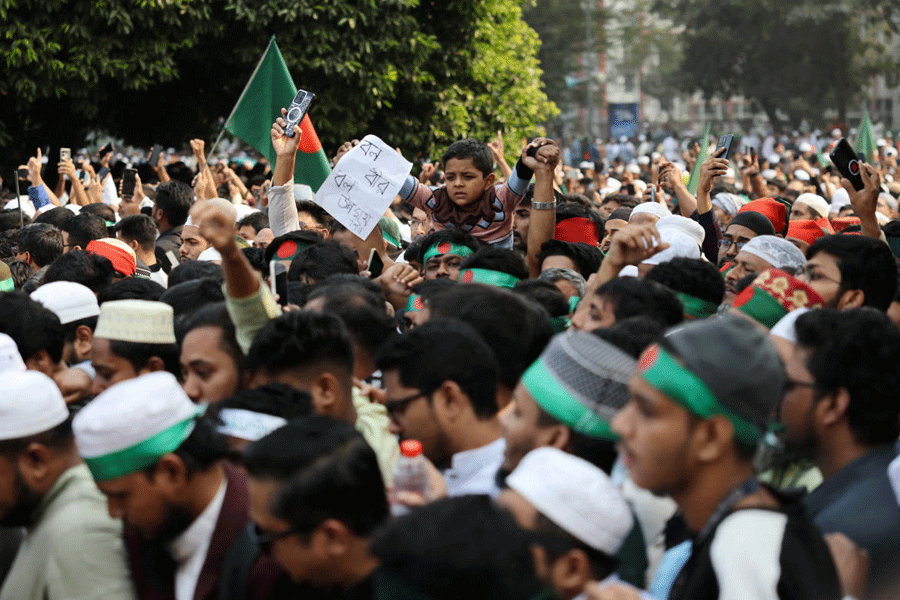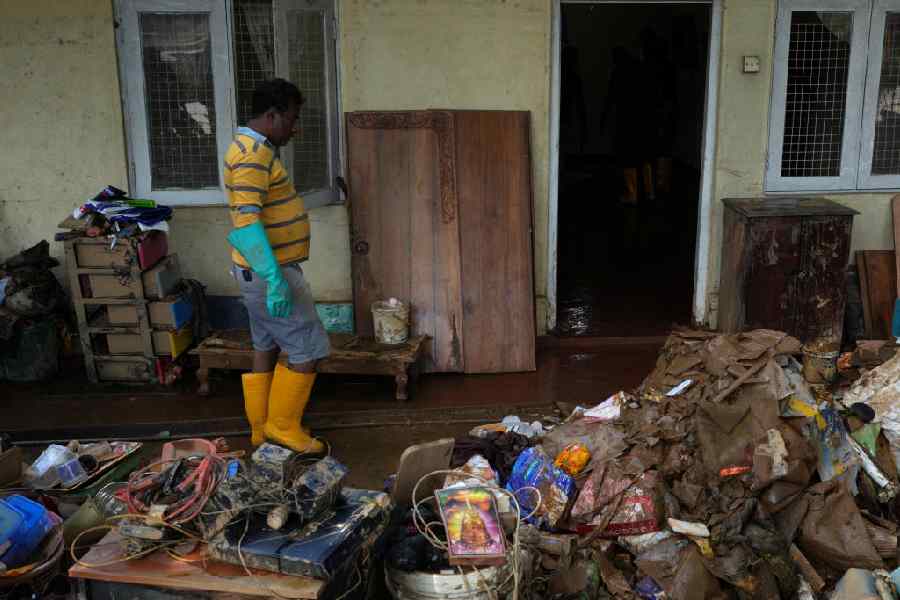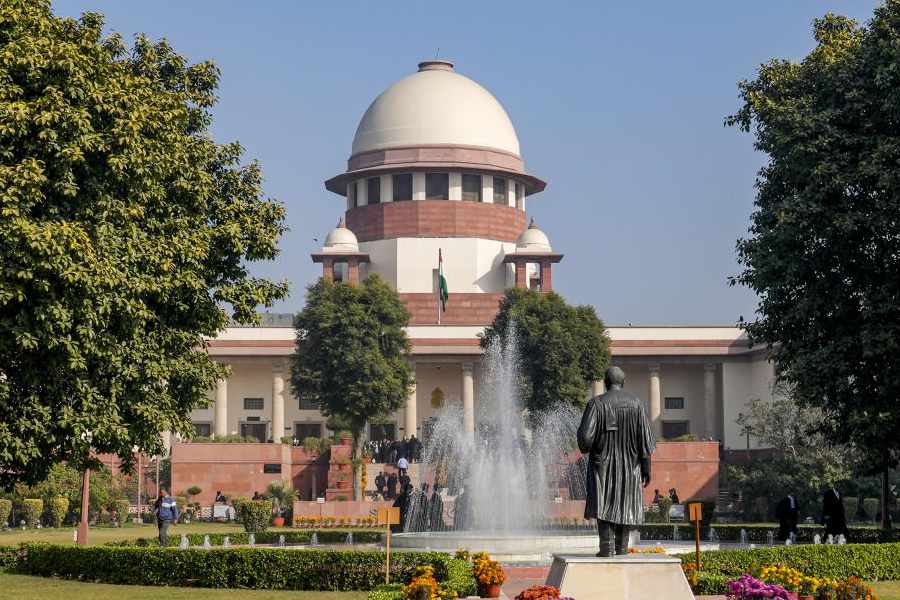It takes just one-and-a-half hours for a corpse to be incinerated at a temperature of about 1,700 degrees Fahrenheit, which is the recommended temperature for electric crematoriums; it can take four hours or more if you use an open-air wood-fuelled fire.
It takes centuries of ignorance and oppression to create a situation where a living, breathing woman can be cremated, and centuries of “tradition” which will persuade other humans that it’s their duty to force an unwilling woman to sit still on a pyre and be roasted alive.
This week, the apparent sati of a 75-year-old woman in Banda caused a huge uproar. It’s still unclear what Ram Kumari intended; one report says that she threw herself onto her husband’s funeral pyre because she was distraught, another accuses her family of murdering her for property. The village has an interest in fostering the impression that Ram Kumari is a sati, a virtuous woman who chose to die rather than live in a world that no longer contained her lord and master. As the cult of sati temples in UP and Rajasthan testify, satis may be illegal, but they attract tourists in droves. A burning woman equals a great business opportunity.
Maybe that’s why the Rajasthan government endorsed a tourist handbook that offers a helpful guide to sati temples ? until protests from women’s organisations forced it to pull the book. The handbook offers helpful information: the state “is best-known for sati matas”; and “satis are also known for giving good rains and helping the nation in its welfare”.
I’m not going to make the obvious points. We already know that sati is a barbaric act. We know that the myth of the woman going bravely to her death is bullshit; the reality is of women dragged screaming and pleading to the pyre, often drugged, pushed back onto the flames when they try to escape.
Perhaps we should bring the idea of the sati temple up-to-date for the 21st century. Instead of those pathetic temples, the handprints outside the doors forming a frieze of terror, the lavish offerings mocking the women who would often have faced a bleak, penniless future if they hadn’t been burned alive, consider a different option: dowry death shrines.
These structures would be erected on the spot where the woman died; the inner sanctum would contain the box of matches, the lighter, the plastic bottle of kerosene or the malfunctioning gas cylinder used to set her alight. Perhaps you could tastefully place her bandages in twin niches on either side of the sanctum, as a reminder of the pain she suffered.
And because this is a religious country and we worship bravery, the final touch could be added when the temple is inaugurated. Let the pundits recite their mantras and then let the family members ? husband, in-laws ?who murdered the “dowry death victim” be brought forward and ritually sacrificed, in honour of the woman who died just as bravely, or senselessly, as any sati. Because if we’re going back in history far enough to glorify sati again, we might as well reintroduce blood sacrifice, in honour of innocent and unwilling victims. Now that’s a practice I’d support.











